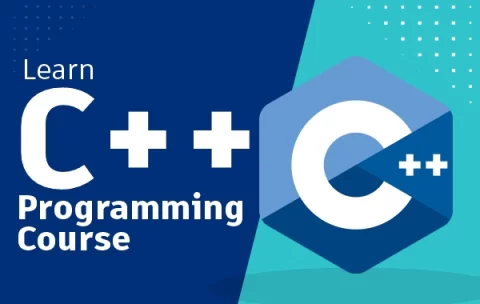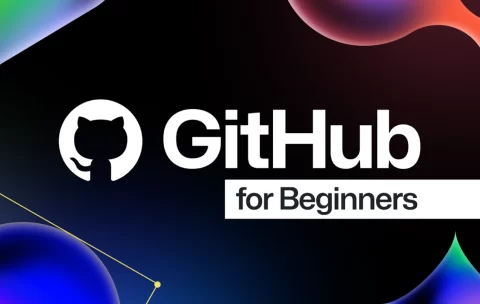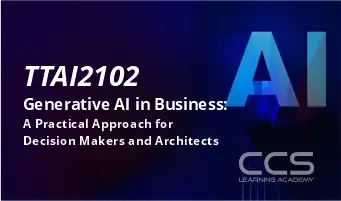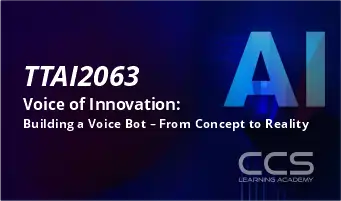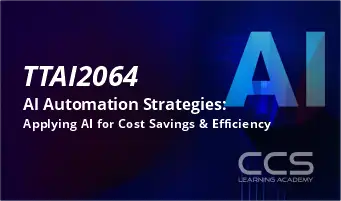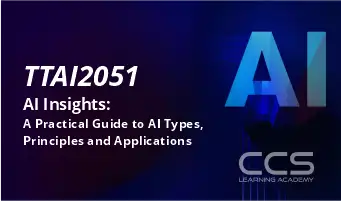Filter by Topic
Filter by Vendor
Intermediate C++ 20 Programming
C++ is a powerful, high-performance programming language that offers an …
What you'll learn
Master intermediate to advanced C++ 20 programming techniques, enabling the development of efficient and maintainable applications using the latest features and best practices.
Acquire in-depth knowledge of memory management in C++, including the handle/body pattern, smart pointers, and move constructors, to optimize performance and minimize memory-related issues.
Develop proficiency in functional programming with C++, incorporating concepts such as dependency injection, functors, and lambda expressions to enhance code flexibility and modularity.
Gain expertise in utilizing the C++ Standard Library for generic programming, mastering the use of containers, algorithms, numeric, and other features to create powerful, reusable code components.
Learn to implement effective unit testing in C++ using GTest, ensuring the reliability and robustness of your applications through rigorous testing methodologies.
Understand the basics of multitasking in C++, exploring threads, tasks, and async for concurrent programming, empowering developers to create scalable and high-performance applications.
Introduction to C++ Programming (TTCP2100)
Introduction to C++ Programming Essentials is a four-day, hands-on course …
Introduction to GitHub for Developers (TTDV7551)
Introduction to GitHub for Developers is a fast-paced hands-on course …
Generative AI in Business: A Practical Approach for Decision Makers and Architects (TTAI2102)
Welcome to the exciting world of Generative AI – we’ll …
What you'll learn
Gain a solid understanding of Generative AI, its evolution, and its role in shaping innovative business solutions, positioning you to effectively drive AI initiatives in your organization.
Acquire the ability to identify potential Generative AI use cases in your industry and evaluate their feasibility and value, empowering you to make informed decisions that can enhance business operations.
Learn how to manage the lifecycle of an AI project efficiently, equipping you with the knowledge to guide projects from inception to successful deployment, with continuous monitoring and improvement.
Develop an understanding of AI and data security best practices, along with the crucial role of data in Generative AI, fostering your ability to safeguard your AI systems effectively.
Stay ahead of the curve by gaining insights into the upcoming trends and technologies in Generative AI, enabling you to maintain a competitive edge in your organization in this rapidly evolving field.
Voice of Innovation: Building a Voice Bot – From Concept to Reality (TTAI2063)
This dynamic half-day course is designed for developers, product managers, …
What you'll learn
<b>Introduction to Voice Bot Technology: </b> Understand the fundamentals of voice bot technology, including how systems like Alexa and Siri function.
<b>Integrating Natural Language Processing (NLP): </b> Dive into NLP techniques for interpreting user input and generating meaningful responses.
<b>Developing a Conversational AI: </b> Explore strategies for developing a voice bot that can engage in natural, human-like conversations.
<b>Practical Implementation: </b> Walk through the end-to-end process of building a simple voice bot, from design to deployment.
Transforming Customer Support with AI: Crafting Custom Assistants for Your Business (TTAI2062)
Step into the world of AI-driven enterprise support with our …
What you'll learn
<b>Introduction to AI in Enterprise Support:</b> Understand the role and potential of AI in enhancing enterprise support systems.
<b>Utilizing Internal Documents for AI Training: </b> Learn how to effectively use your enterprise's existing documentation, such as SOPs and manuals, as data for training AI systems.
<b>Creating an Interactive SOP Guide:</b> Explore the development of AI tools that allow employees to interact with SOPs in a conversational manner, facilitating easy access to information.
<b>Developing Comprehensive FAQ Systems:</b> Discover methods to compile and integrate frequently asked questions into the AI system, ensuring comprehensive support coverage.
<b>Getting Started with GenAI:</b> Practical steps to begin implementing General AI in your enterprise support structure, focusing on achievable, impactful applications.
AI Insights: A Practical Guide to AI Types, Principles and Applications (TTAI2051)
Dive into the transformative world of Artificial Intelligence (AI) in …
What you'll learn
<b>Comprehensive AI Understanding:</b> Master the key types and principles of AI, distinguishing between artificial narrow intelligence, general intelligence, and super intelligence.
<b>Practical AI Applications:</b> Discover AI's transformative role in various industries, including its potential to innovate in agriculture, medicine, finance, and more.
<b>Ethical and Reliable AI Use:</b> Explore the ethical use of AI and the factors influencing its reliability in deployment.
<b>Hands-On AI Experience:</b> Gain introductory hands-on experience with common AI technologies, enhancing your practical skills.
<b>Future AI Trends:</b> Engage in discussions about the future of AI, including emerging research areas and advancements in technology.

